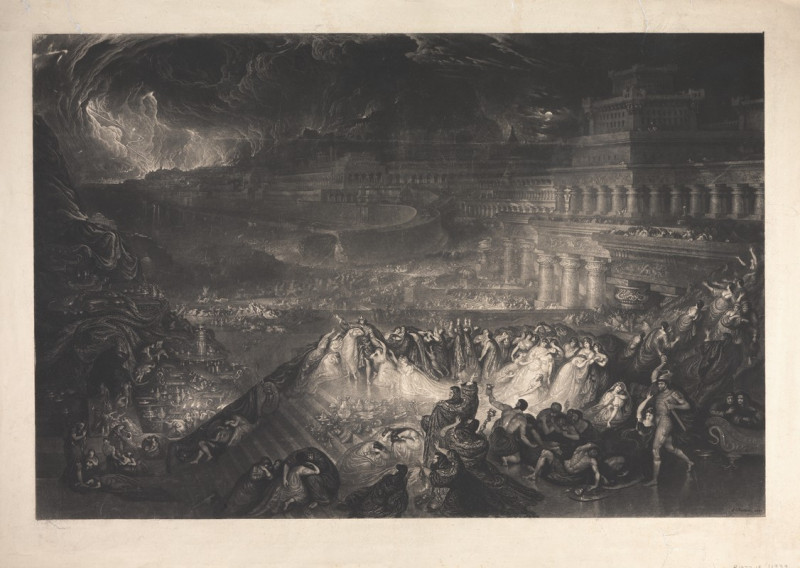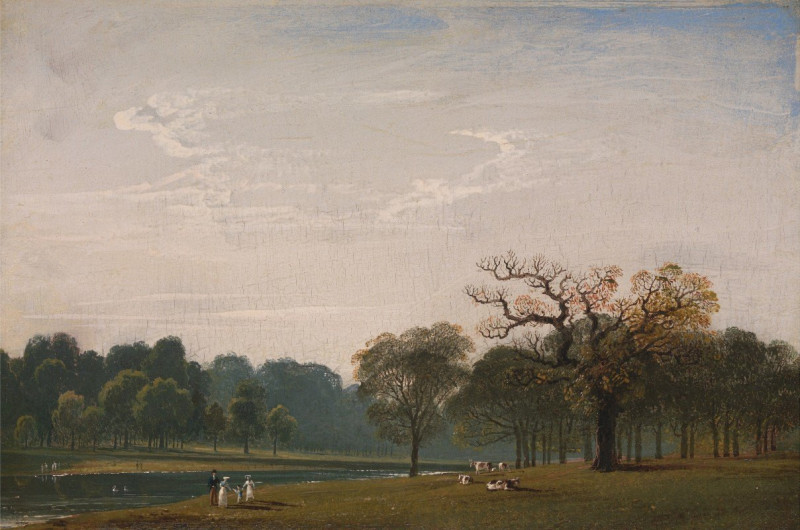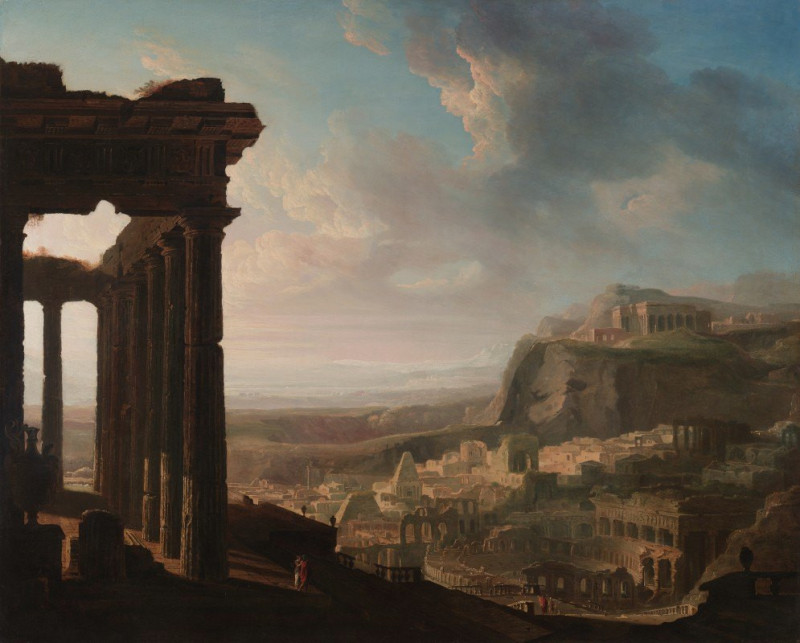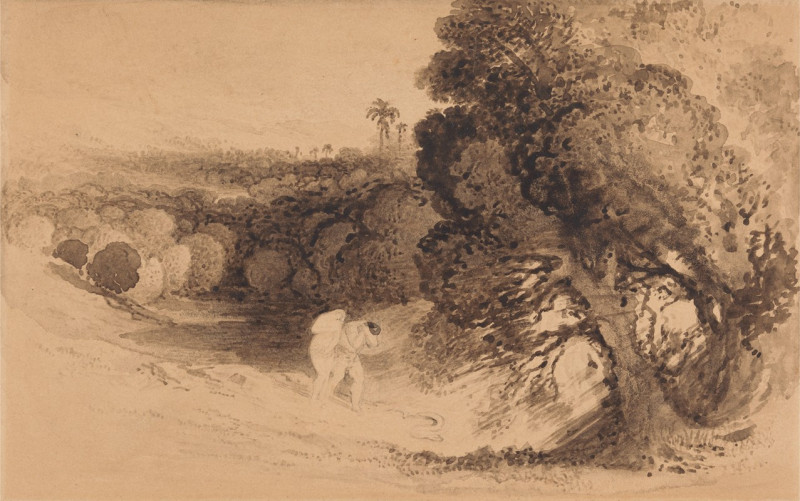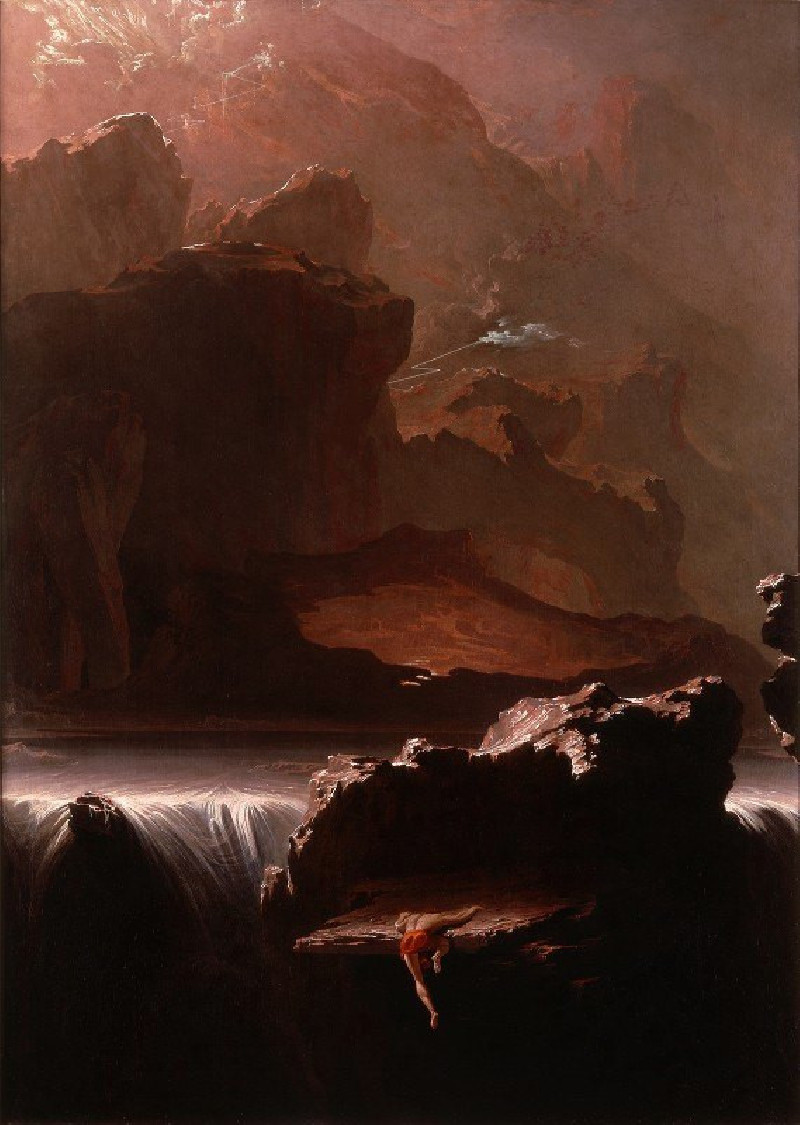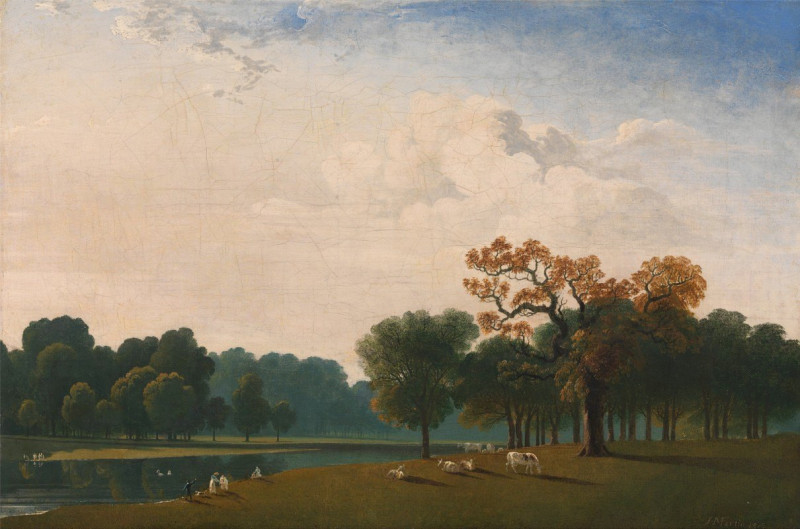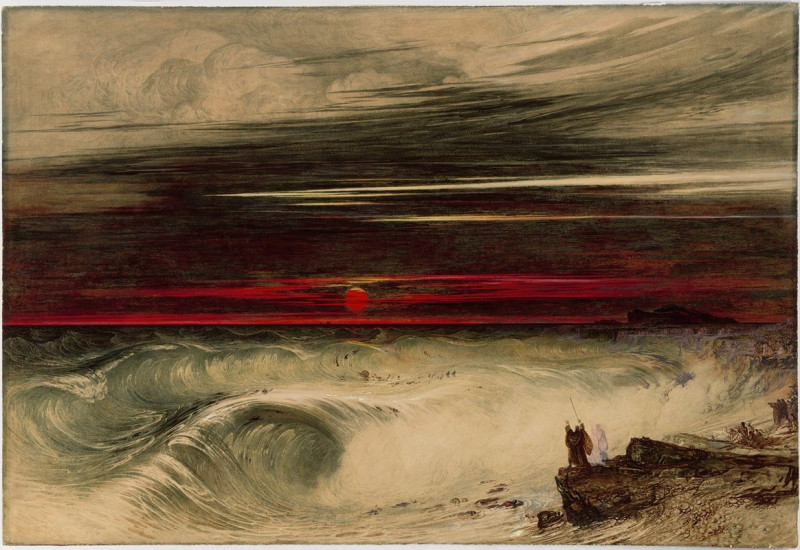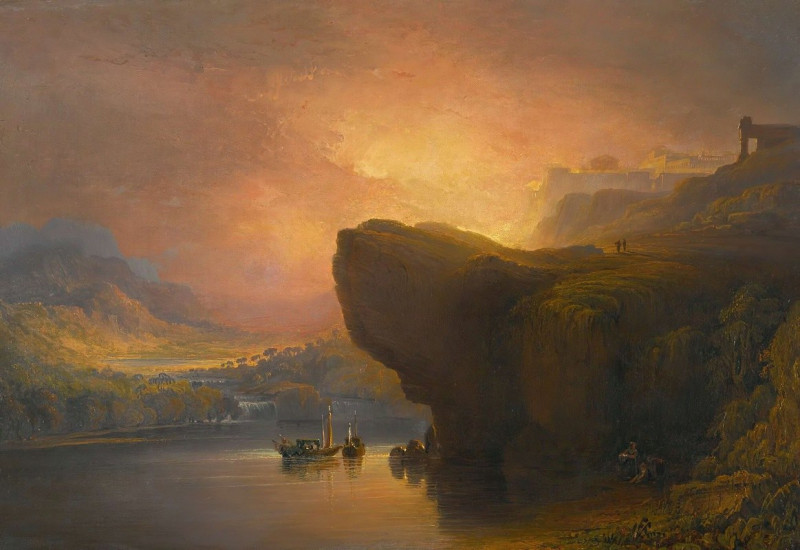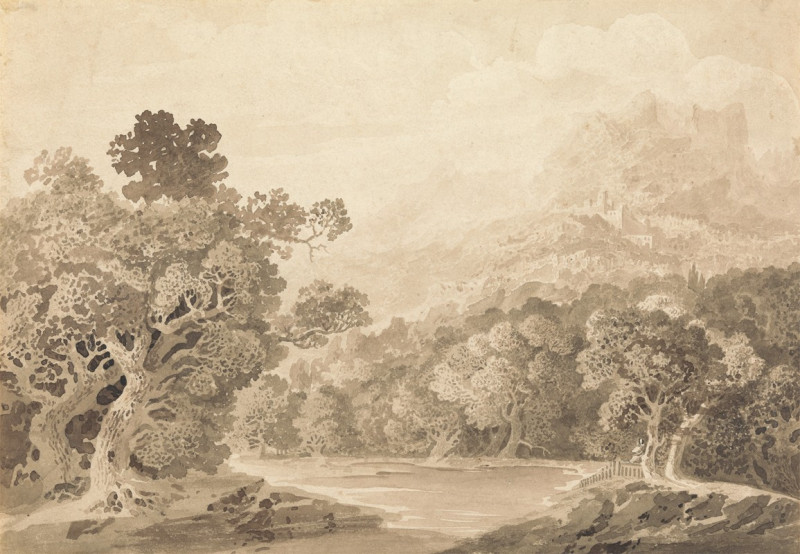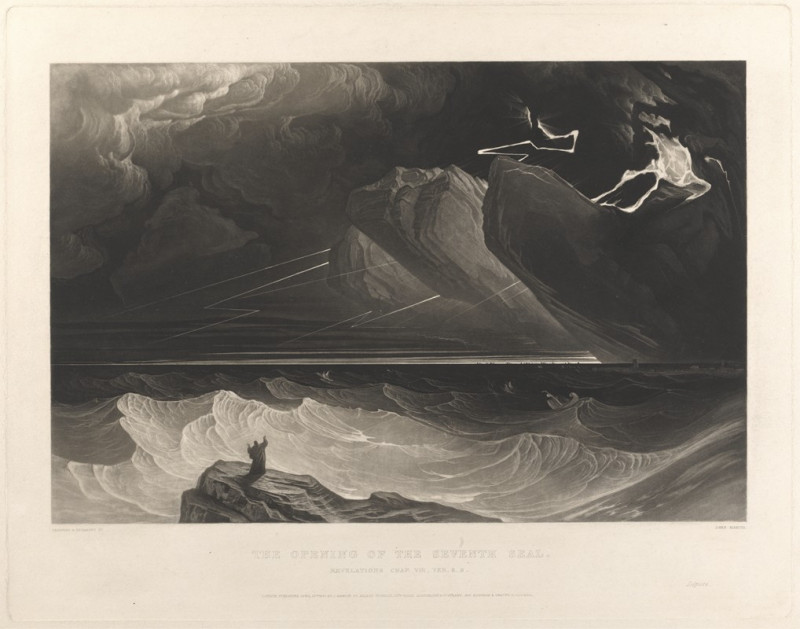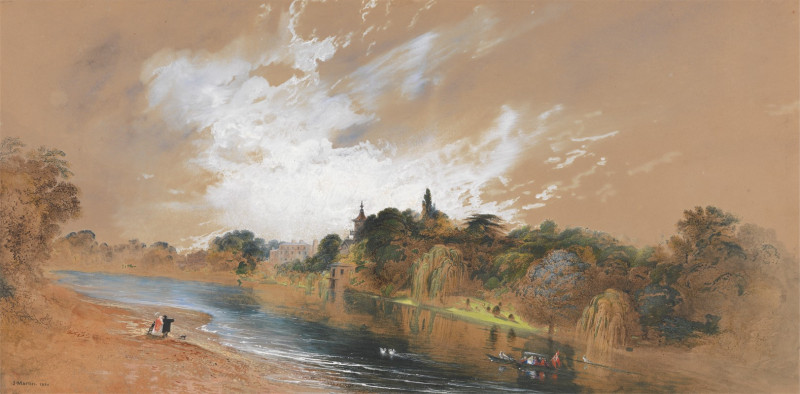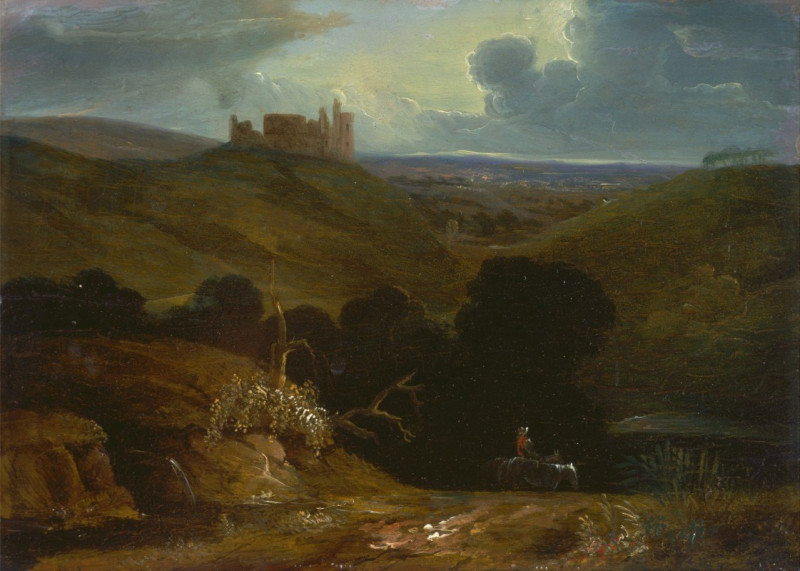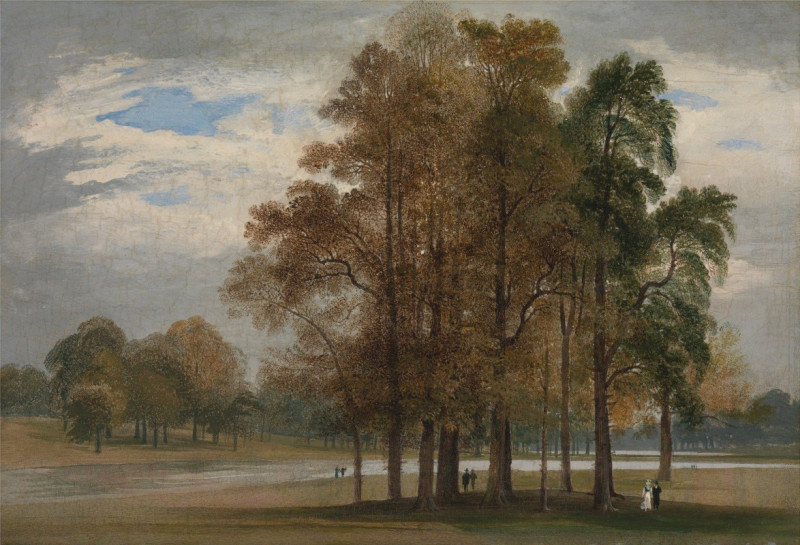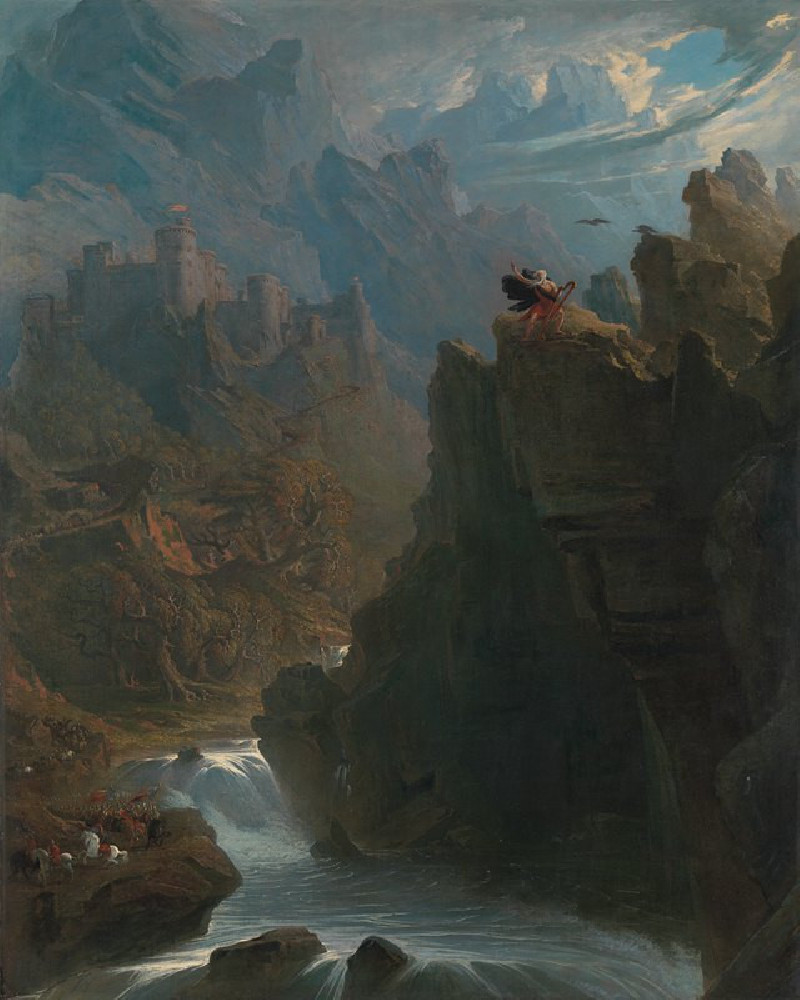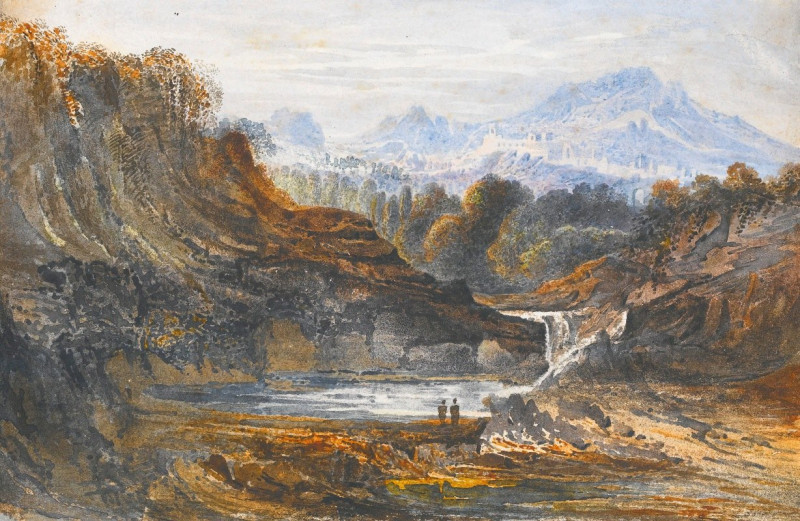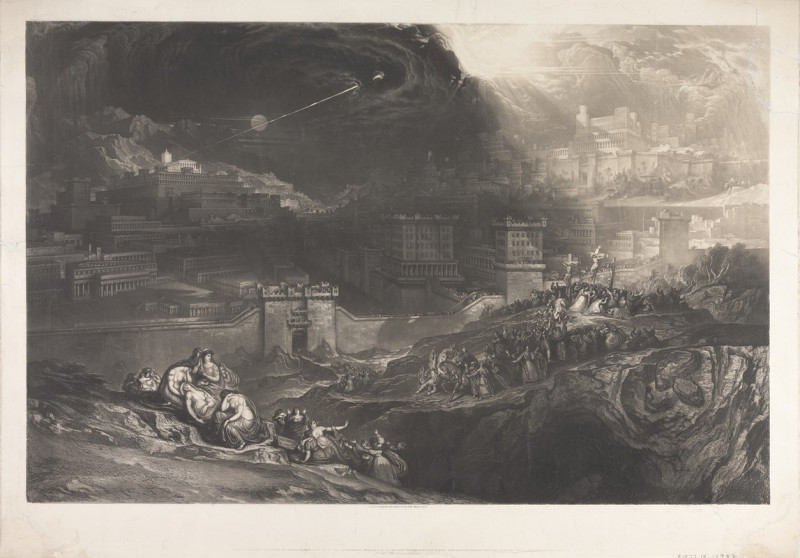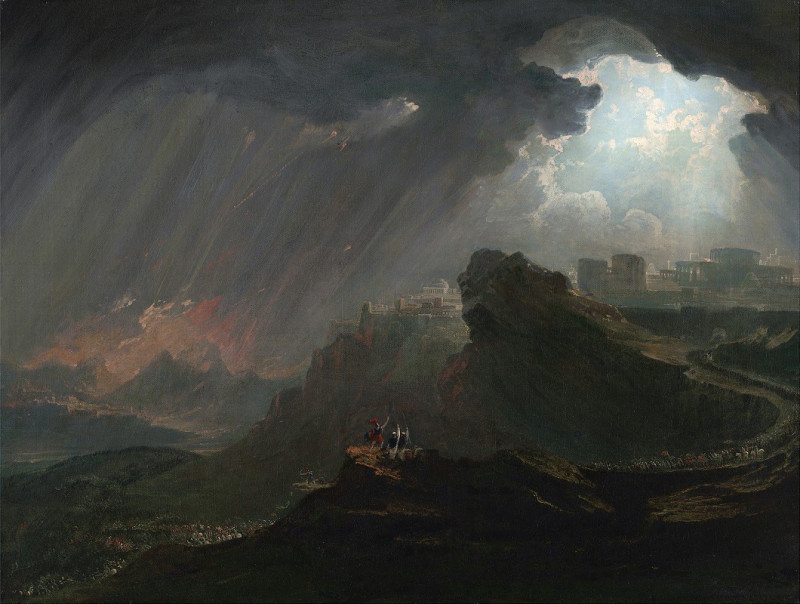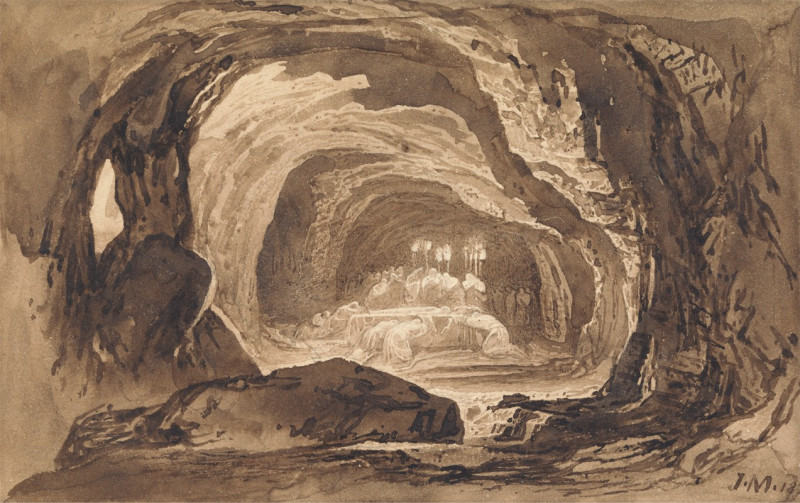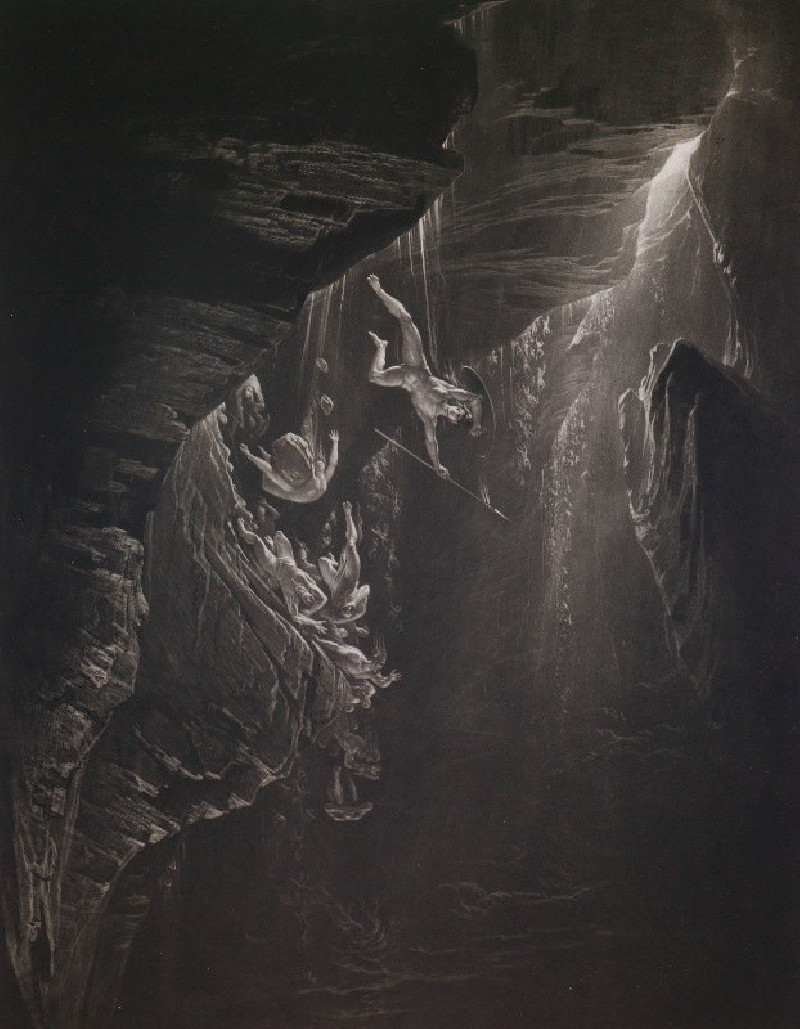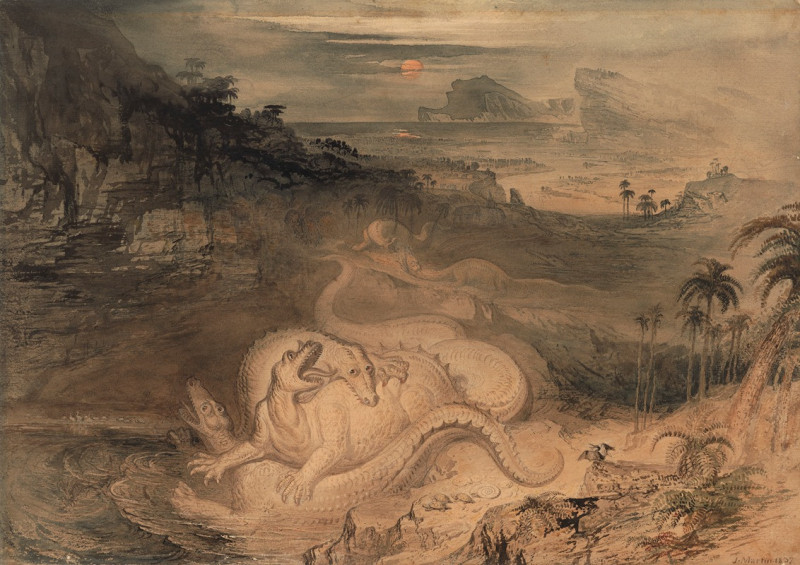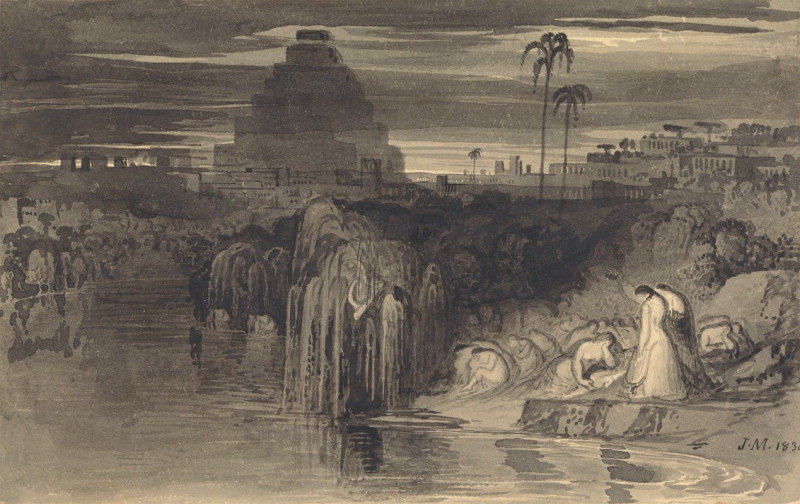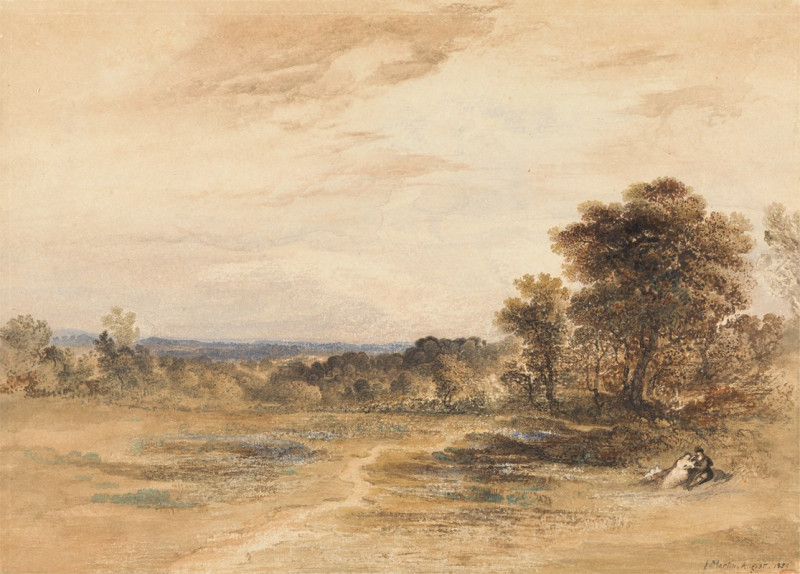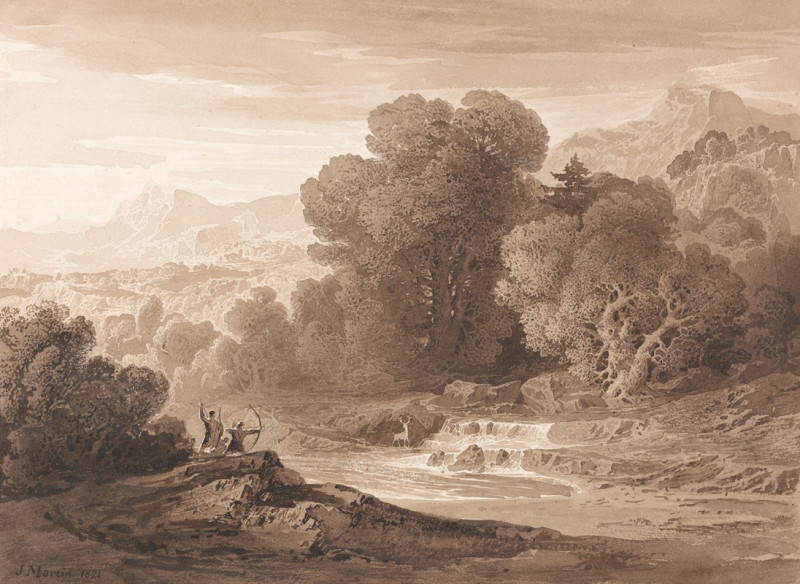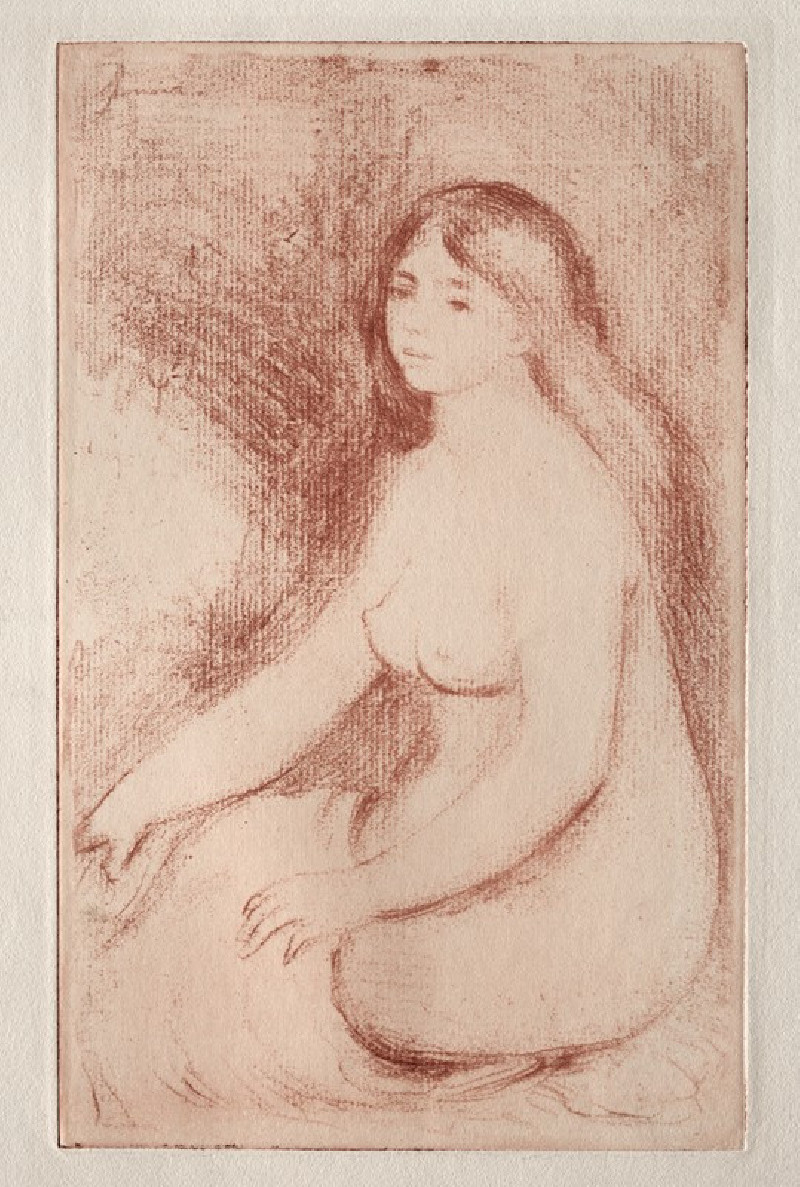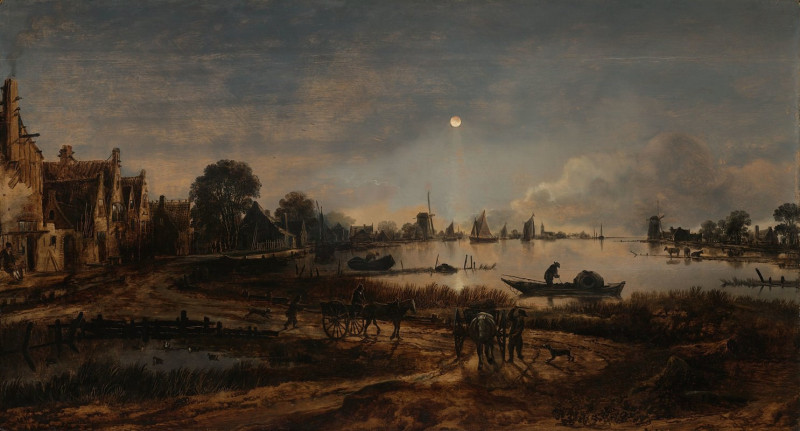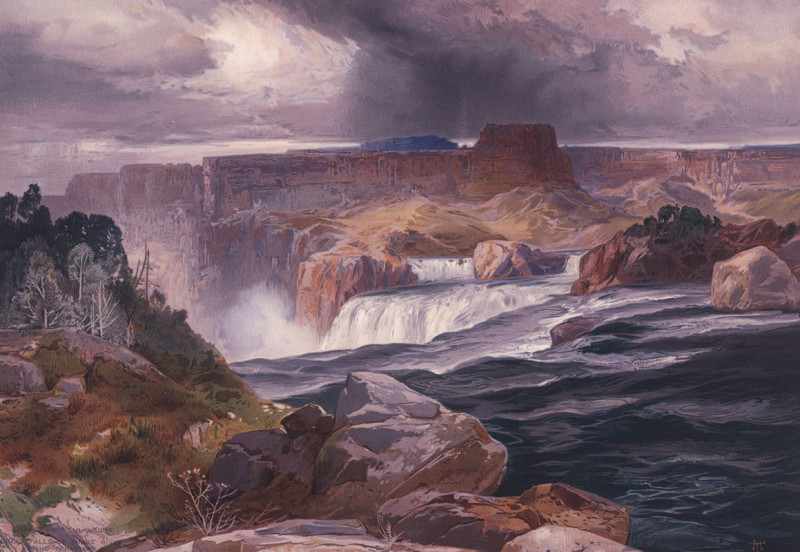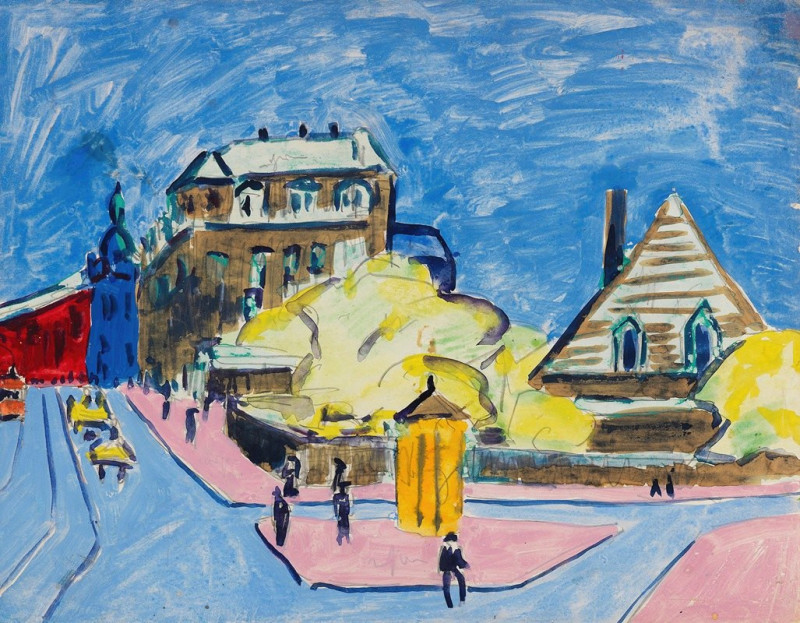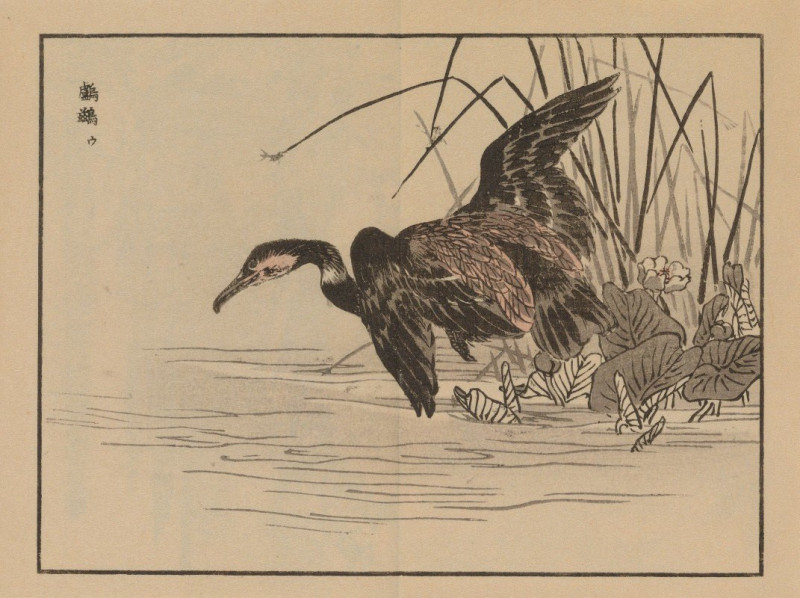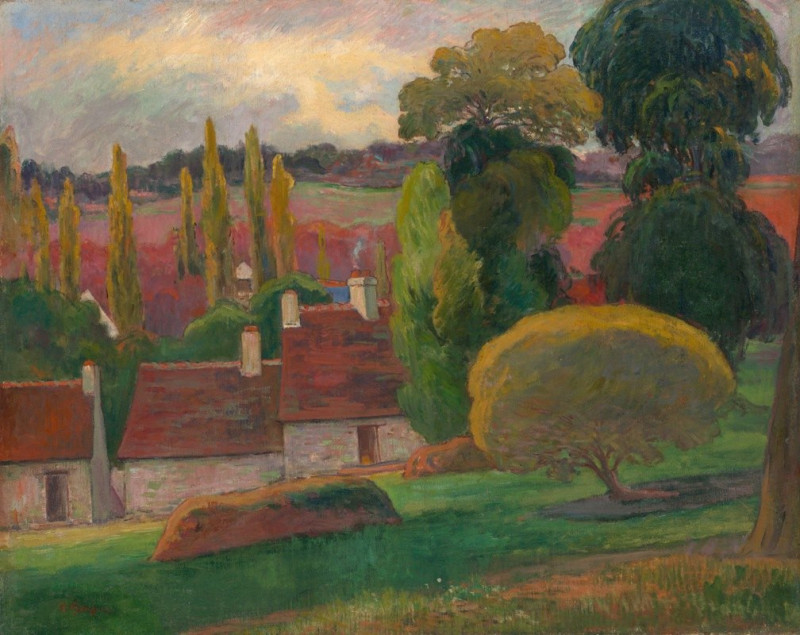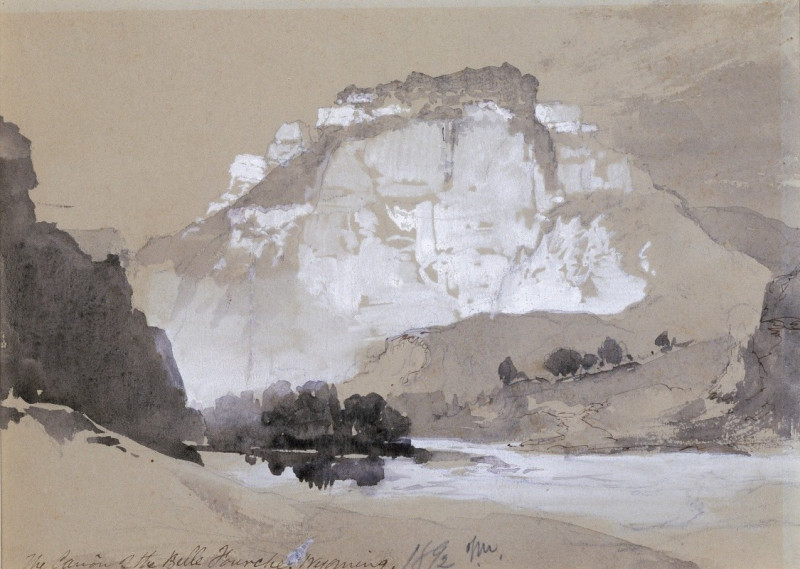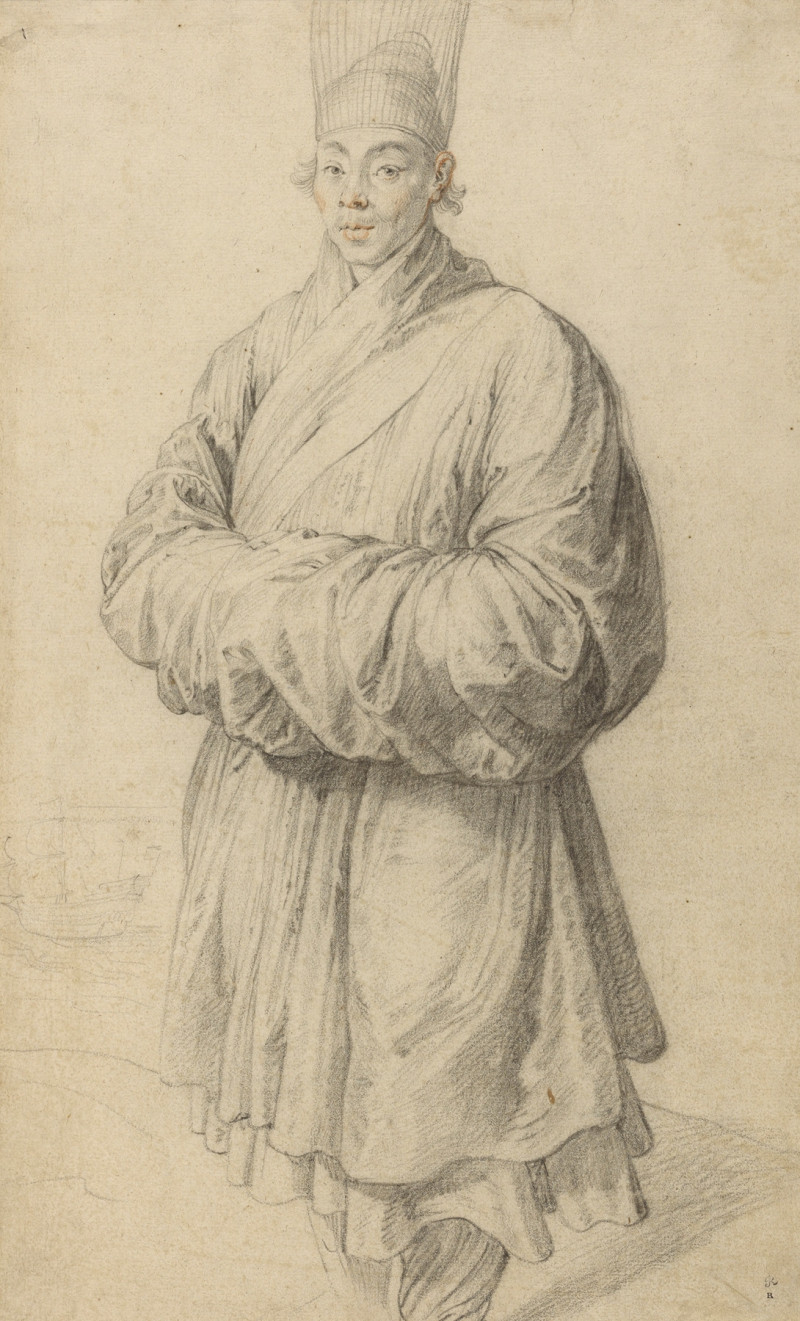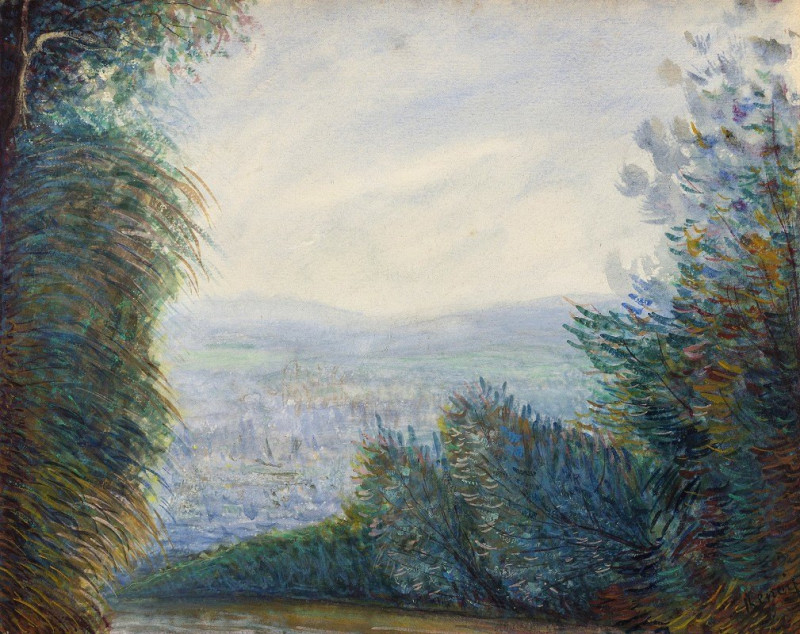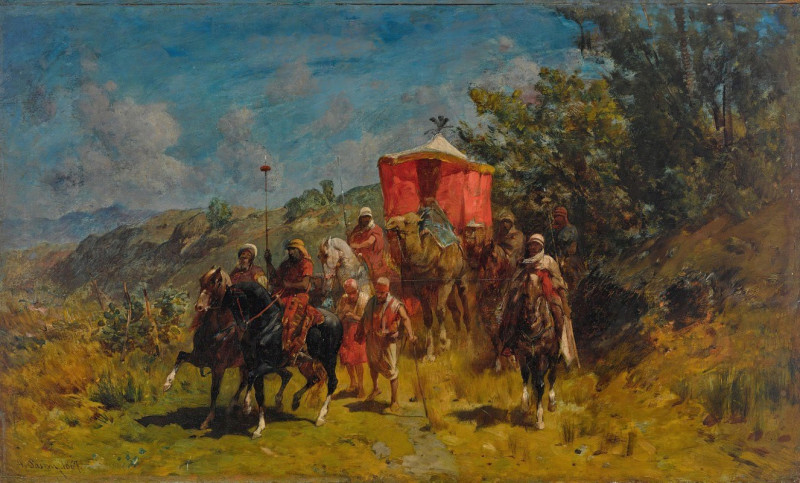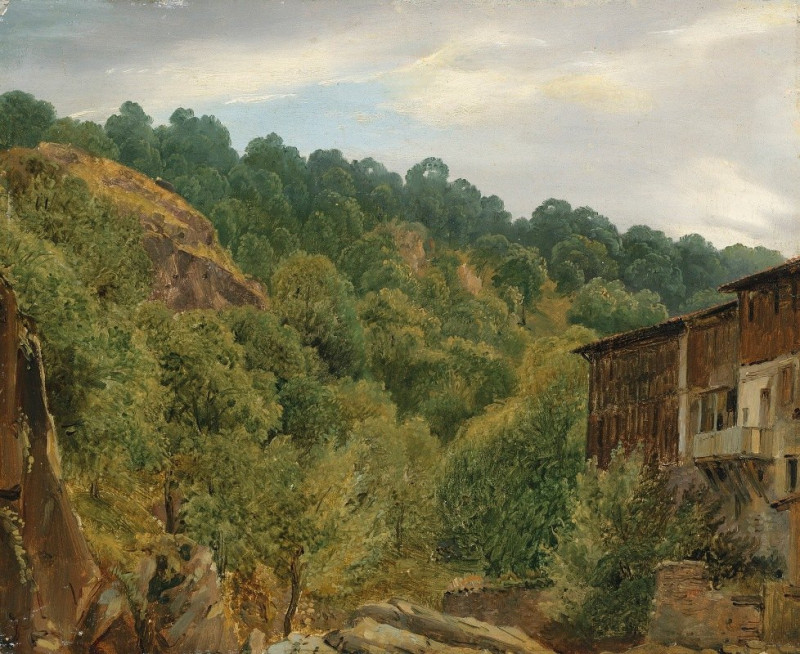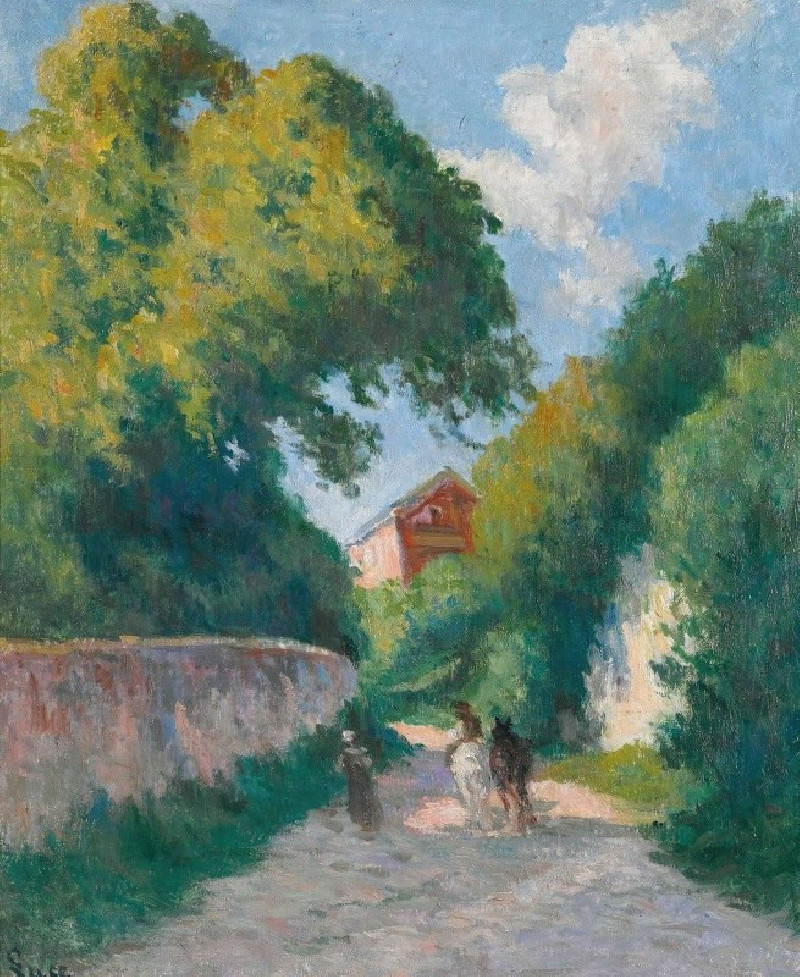The Fall of Ninevah (1829)
Technique: Giclée quality print
Recommended by our customers
More about this artwork
John Martin's 1829 painting, "The Fall of Nineveh," captures the catastrophic demise of one of the ancient world's most formidable cities. This artwork is a masterful representation of the final moments of the Assyrian capital, which fell to the Medes and Babylonians in 612 BC.The painting draws the viewer into a nightmarish vision of chaos and destruction. In the foreground, frenzied scenes of human despair and agony unfold, as people of all ages are caught in the throes of catastrophe. Warriors clash amidst the pandemonium, adding to the sense of relentless devastation.Martin's use of chiaroscuro—stark contrasts between light and dark—heightens the emotional intensity of the scene. The city itself is engulfed in shadows, while a turbulent sky looms overhead, illuminated by flashes of lightning, suggesting divine intervention in human affairs.In the background, the grand architecture of Nineveh crumbles beneath the celestial turmoil, signifying not only the physical but also the moral collapse of an empire. The immense scale of the structures and the detailed rendering of chaos emphasize the triumph of nature and divinity over human pride and endeavor."The Fall of Nineveh" is not merely a historical recount but a sweeping allegorical tale, reflecting Martin's fascination with the sublime and the apocalyptic. This painting invites the viewer to contemplate the transient nature of human power and the timeless spectacle of nature's wrath.
Delivery
Returns
John Martin was an English Romantic painter, engraver and illustrator. He was celebrated for his typically vast and melodramatic paintings of religious subjects and fantastic compositions, populated with minute figures placed in imposing landscapes. Martin's paintings, and the prints made from them, enjoyed great success with the general public—in 1821 Thomas Lawrence referred to him as "the most popular painter of his day"—but were lambasted by John Ruskin and other critics.

